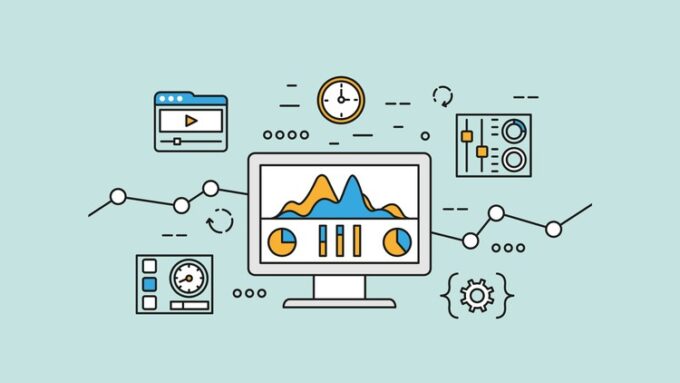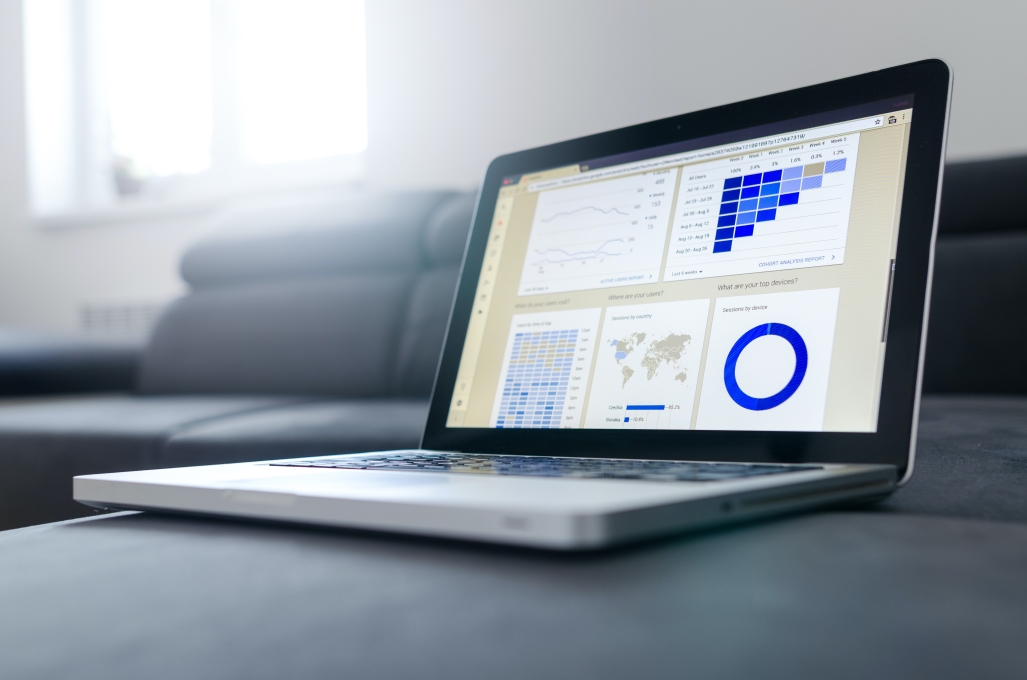As both technology and data become the main interest of many. It’s essential for companies to be powered by technology and understand its many aspects. Identifying the best accounts to target is a universal challenge for many companies, but by introducing technographic data, marketers and agencies get a vast wealth of new data.
Technographics serves as a colossal lead-generation resource for any business and genuinely helps convert new clients, by using the insights that these clients supply, without even knowing. In fact, as mentioned in Forbes, 70% of companies have already built a data-driven strategy to improve digital marketing and solution uptake or are diligently working on one.
What is technographic data?

Technographics, or technographic data, is an inside look into a company’s technology stack. This can include their current tools, implementation details, adoption rates, and use rates. Effectively used, technographic data can help companies transform lead generation and boost sales.
You can think of technographics as the next development step after demographics, firmographics, and psychographics. As much as that data provides insights, none of them will gain you an in-depth understanding of people’s technology behaviors and solutions.
There is also something worth noticing about technographics, to be exact it’s the difference between pure technographic data and social technographic data. While technographic data displays the use of software, hardware, and networking technologies within an organization, social technographic concentrate on social media use within an organization.
How to collect technographic data
Organizations, generally their marketing and sales teams, often require outside sources to obtain technographic data. There are three main methods used to gain insight into prospects’ tools:
1. Surveys
The most direct method is surveying companies. Organizations use phone or email surveys to contact companies and hope that those will provide information about how technology is adopted, deployed, and used to boost performance. However, this method can often be unscalable, unreliable, and potentially counterproductive.
This happens because most companies won’t respond to cold-call surveys, might ignore emails, and others are just not willing to provide specific usage data. While this method does still have a place to exist, the trouble with it isn’t worth it, and there are more effective ways to acquire technographic data.
2. Data scraping

Data scraping is a method of extracting code from websites, which provides information about apps and websites used by enterprises. If all factors of this method align to be perfect, then it’s a handy way to produce accurate results.
Nonetheless, not all factors always align to be ideal. First of all, to obtain website scraps, companies need technical proficiency to guarantee tools are collecting and suitable relevant data. Furthermore, website security might limit the type and amount of data that can be collected, and available data might be out-of-date or have no value.
3. Data purchase
The easiest route to obtain technographic data is purchasing it from collection providers. Due to the uptake of cloud-based SaaS, PaaS, and IaaS solutions, data providers now have access to robust and reliable technographic data sets and bases, that provide accurate information for interested companies to purchase.
Even though this method is the easiest, it does still include some limitations. These limitations are due to the global privacy legislation regulations that state that personal data must be anonymized. It’s also important for companies to do the proper research when choosing a technographic data supplier, whose offering does exactly what is promised.
Choosing the Right Collection Providers
In the realm of technographic data, the source of your data plays a pivotal role in its accuracy and relevance. Collection providers are organizations or platforms that specialize in gathering, analyzing, and selling technographic data. But not all providers are created equal.
1. Reputation and Credibility
Always opt for providers with a proven track record. Look for testimonials, case studies, and reviews from other businesses that have used their services. A reputable provider will be transparent about their data collection methods and sources.
2. Data Freshness
The technology landscape is ever-evolving. Ensure that your provider offers up-to-date data. Outdated technographic insights can lead to misguided strategies.
3. Compliance with Regulations
With the rise of data privacy laws globally, it’s crucial to choose a provider that adheres to these regulations. Ensure that the data you purchase is ethically sourced and compliant with laws like GDPR or CCPA.
4. Customization and Flexibility
Every business has unique needs. The best collection providers offer tailored solutions, allowing you to filter and customize the data based on your specific requirements.
5. Support and After-sales Service
A good provider doesn’t just sell you data and leave you to figure it out. They should offer support, training, and resources to help you maximize the value of the technographic insights you’ve acquired.
How to use technographic data
Almost everyone in the IT sector is using technographic data, to various degrees. But now, we can see as other organizations and startups are introducing technographics to drive their digital marketing.
A recommendation we have is to combine technographic data with intent data, and you’ll receive some surprisingly good outcomes. While technographic data will tell you about the company’s technology stack, intent data will tell you what your prospectives are searching for and their buying cycle.
With these insights, you’ll gain a huge understanding of what needs to be improved in the sales and marketing area. Something you can be sure of is that companies that ignore the value of technographics to enhance their business capabilities are definitely falling behind those who embrace such intelligence.
Benefits of technographic data

Once you’ve understood what technographic data is, let’s talk about the vast benefits you’ll notice after implementing the data in your business.
1. Enhanced segmentation
It’s often tempting for marketing and sales teams that are familiar with their customers, to make educated guesses about customer segmentation. But marketing isn’t something to guess about, it’s both a time and money investment, that needs data to make defined and precise decisions.
Technographic data allows organizations to get a broader view of their customer’s technology stack and issues – allowing them to tailor strategies to customers’ wants and needs. Technographic data can also bring insights into future problems that customers will have so that you have plenty of time to develop campaigns that are specific to those needs.
2. Better inbound sales
The number one rule to a great sale is to know your customer’s challenges, goals, and needs. As we see in statistics many are lacking this skill, 41% of a sales workday is not spent selling, costing companies revenue losses every quarter.
Technographics can decrease or even nullify this wasted time and costs by ensuring that a sales member is better prepared and more confident before starting a conversation. When you contact a customer and know their tech stack beforehand you have the power in your hands since you can plan accordingly and adjust your message.
3. Increased prioritization

Prioritizing and managing leads is overwhelming to any marketing and sales team no matter how good they are. It’s just impossible to guess or know which prospect will convert and which one will just waste precious time. With the right priorities, you can create a rich profile full of revenue.
Technographic data is one of the strongest indicators used to create prioritization boards. It will tell you whether an account is a good fit for your offering and tell you about their level of interest and buying trends.
4. Effective account-based marketing campaigns
Account-Based Marketing (ABM) has been a major focus of many organizations. In fact, 48% of organizations consider ABM an effective marketing strategy. The ABM strategy is incredibly cost and time effective. Finding targeted contacts and reaching them with highly tailored messages will bring more success than emailing anyone and everyone to see who bites.
But ABM is only as good as the information it is given. That’s where technographic data takes a step in. It’s the main supplier of insights that impact ads, emails, and other outreach that resonate with potential customers.
5. Enhance customer retention
When a prospect becomes a customer that is considered great news. But what companies should be really striving for is keeping them long-term. With technographic data, you’ll have improved forecasts and will be able to future or present prevent issues impacting at-risk accounts.
Technographic analytics can also give you an understanding of a customer’s development, which means you’ll know what routes and approaches they want to include in their development and you will be the first to provide them with a solution at the perfect timing.
Wrapping Up
As stressed throughout this article, technographic data is a necessary component in any business. No matter how well a salesperson knows everything about their target accounts, they will never know more than technographics do.
Once your sales and marketing teams have access to technographic data you’ll notice huge improvements in tactical, targeted campaigns that speak to the issues a customer is undergoing.









